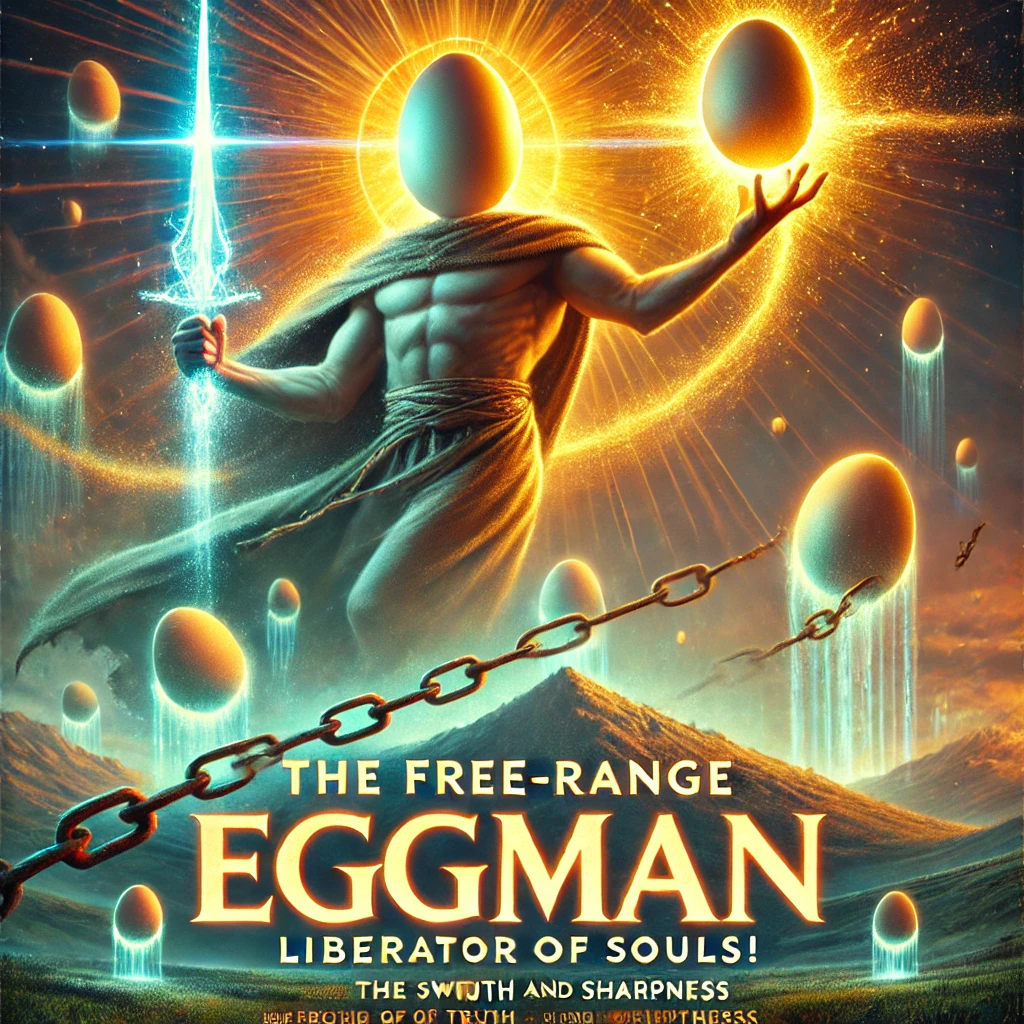Almost Everything in Life Is Witchcraft: A Reflection on Intention and Influence
Witchcraft has long been associated with the mystical and supernatural, evoking images of spells, potions, and rituals. However, when we strip away the cultural and historical layers, witchcraft is fundamentally about intention and influence. In this sense, nearly everything we do in life involves a form of “witchcraft.”
The Power of Intention
At its core, witchcraft is the act of focusing intention to bring about a desired outcome. When we make a wish, pray, set a goal, or visualize success, we are channeling our inner energies toward a specific purpose. Whether through a ritual or a simple act of concentration, the underlying mechanism is the same: we are shaping reality with our thoughts and actions.
For example, offering a heartfelt compliment, comforting someone in distress, or even writing a persuasive argument can influence emotions and decisions. These everyday acts of “casting intention” mirror the essence of witchcraft.
The Energy of Words
Words hold immense power, capable of healing or hurting, inspiring or demoralizing. Ancient traditions recognized this and imbued spoken or written words with magical significance. Today, we still use phrases like “words have weight” or “speak it into existence,” acknowledging the transformative energy of language. Saying “I love you,” for instance, can create bonds, shift emotions, and alter destinies. Is this not, in its way, a form of magic?
Rituals and Symbols in Modern Life
Human civilization is deeply rooted in rituals and symbols. From wedding ceremonies to birthday celebrations, these acts mirror magical practices. Lighting candles, making toasts, or even signing contracts are symbolic gestures that channel collective belief to manifest change. The ritualistic nature of such acts is indistinguishable from the rites of old.
Similarly, symbols hold profound power. A nation’s flag, a company’s logo, or a religious icon can evoke strong emotional responses and influence behavior—an effect that mirrors the use of sigils and talismans in traditional witchcraft.
Prayer, Meditation, and Manifestation
Prayer is often seen as separate from witchcraft due to its association with organized religion. Yet, the act of prayer—a focused invocation of divine assistance—resembles the very essence of spellcasting. Meditation, affirmations, and manifestation practices likewise align with the same principle: the focused direction of energy and intention to achieve a specific goal.
The Subtle Arts of Persuasion and Influence
Every human interaction involves a subtle exchange of energy. Persuasion, negotiation, and even the act of teaching involve shaping others’ thoughts and emotions. These acts rely on understanding human nature and channeling one’s influence effectively—practices often associated with the craft of enchantment.
Keeping Our Intentions Good
If witchcraft is the power of intention, then the quality of our intentions defines the outcomes we create. Whether we call it magic, influence, or simply human nature, our ability to shape reality carries responsibility. Striving to act with compassion, empathy, and integrity ensures that the “witchcraft” we practice contributes to a better world.
Conclusion
Viewed through this lens, witchcraft is not a niche practice but an integral part of life. It is the way we direct energy, intention, and influence to shape our reality and the realities of others. By recognizing this universal power, we can become more mindful of our actions and their consequences. In the end, the magic of life lies not in denying this power, but in using it wisely.
